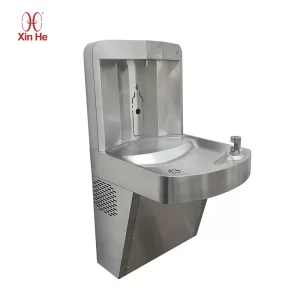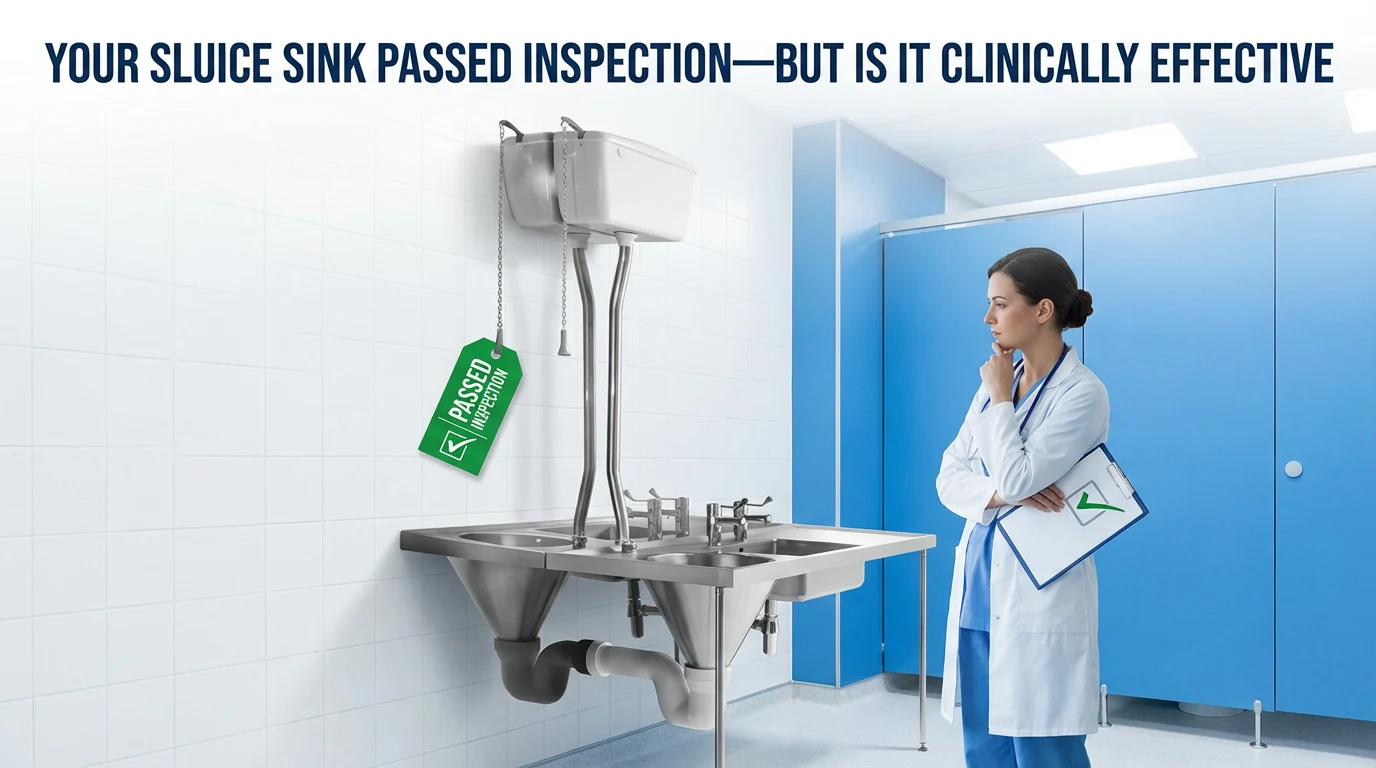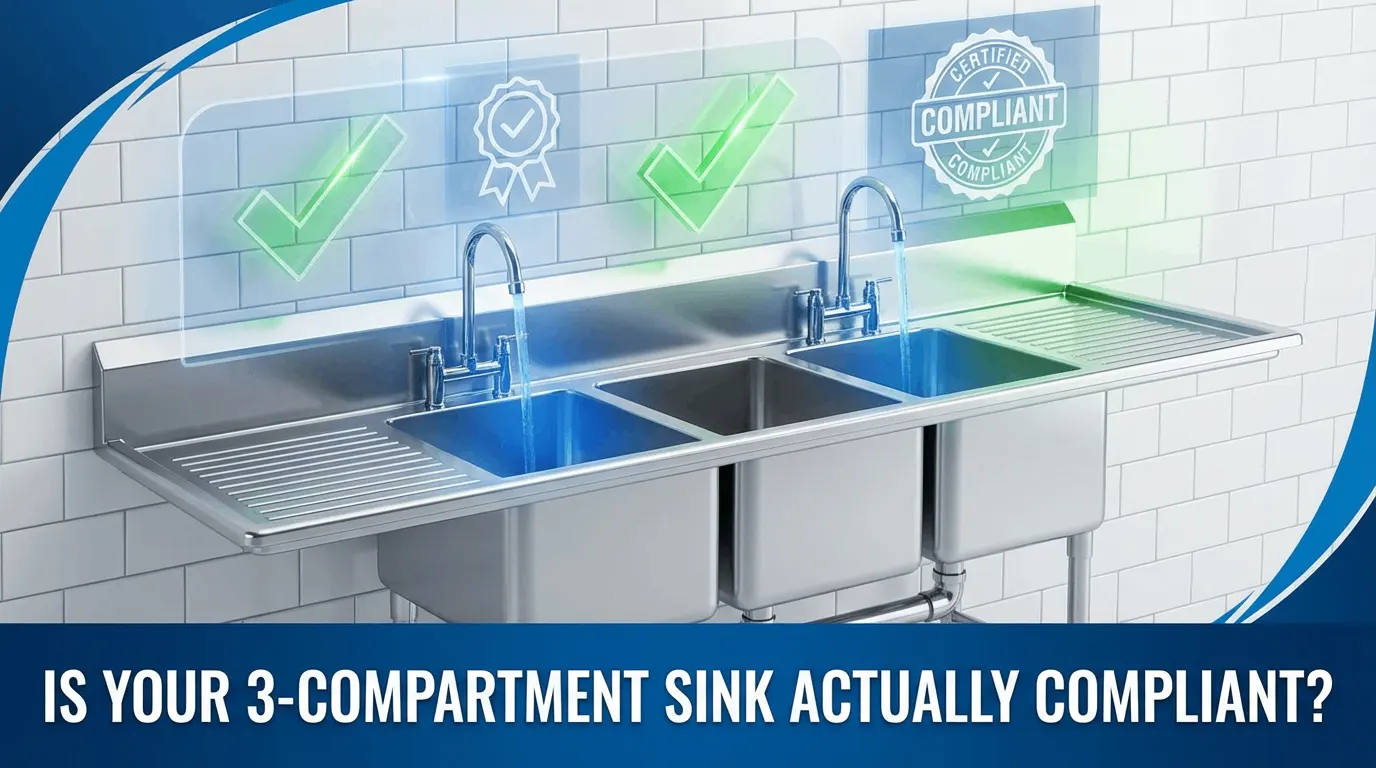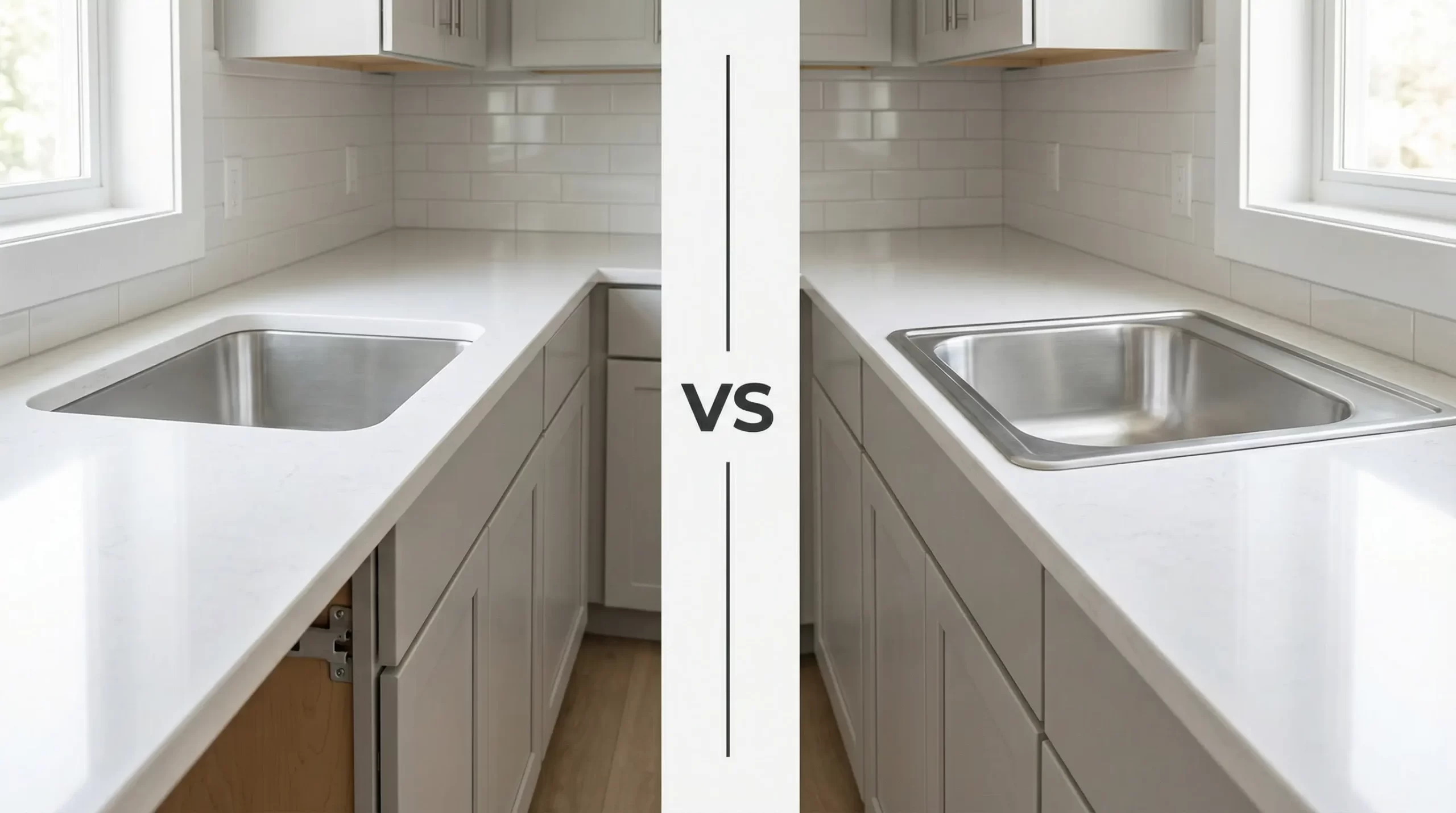Are Water Fountains with Bottle Filler Stations Clean
Water fountains with bottle filler stations can indeed be clean and safe, particularly when they incorporate modern features like touchless operation and effective filtration, which research indicates can reduce bacterial contamination by up to 98% in high-use environments. However, their hygiene isn’t automatic—factors such as regular maintenance, material quality, and adherence to standards play crucial roles, and neglecting these could lead to risks like biofilm buildup or minor chemical leaching.
Key Hygiene Insights
- Generally Safe with Precautions: Studies show well-maintained stations have low bacterial levels, comparable to bottled water, but skipping cleanings can increase risks.
- Advantages Over Traditional Fountains: Touchless designs minimize germ spread, addressing common concerns in shared spaces.
- Material Considerations: Options like 304 stainless steel offer strong resistance to corrosion, though alternatives exist for different budgets and needs.
- Certification Importance: Standards such as NSF/ANSI 61 help ensure minimal contaminants, providing reassurance for public use.
- Potential Drawbacks: In debated scenarios, like high-chloride water, even durable materials might show wear, highlighting the need for site-specific choices.
Understanding the Basics
These stations combine a traditional spout for quick sips with a dedicated filler for reusable bottles, making them versatile for places like schools, offices, or parks. Their design promotes sustainability by cutting plastic waste, but hygiene hinges on how they’re built and maintained.
Common Concerns Addressed
Public perception often questions cleanliness due to visible grime or past experiences with older fountains, but modern features like UV filtration challenge these views, offering cleaner alternatives when managed well.
When it comes to staying hydrated in busy places like offices, schools, or even outdoor parks, water fountains with bottle filler stations seem like a smart, eco-friendly choice. But let’s be honest: you’ve probably paused before taking a sip or filling your bottle, wondering just how clean these things really are.
The good news? They can be remarkably hygienic and safe, especially compared to older-style fountains, as long as they’re designed well, made from the right stuff, and looked after properly. In this guide, we’ll cover potential pitfalls, handy solutions, and tips to help you decide what’s best, all backed by solid research and guidelines.
Hygiene Risks in Water Fountains
In high-traffic spots like school hallways with kids lining up at the school water fountain or outdoor drinking fountains in parks exposed to elements, contamination can arise from everyday sources—dirty hands on surfaces, airborne dust, or stagnant water from infrequent use. Studies on public water systems reveal that without regular care, drinking water fountains may harbor bacteria like coliforms, signaling potential sanitation issues.
It’s not meant to scare you off—these risks are totally preventable. Biofilm, a slimy microbial layer in damp areas akin to gunk in unused coffee makers, is a key culprit. In setups like a water dispenser for office use or fountain drinks areas, hard water deposits or low usage worsen it, possibly causing off tastes or pathogens such as Pseudomonas or E. coli. For B2B sourcing in food plants or public spaces, consider user habits: reusable bottles aid sustainability, but unclean ones spread germs—though no-touch refills mitigate this. Spotting risks early helps select avoiding setups.
Chemical concerns also matter. Subpar materials can leach lead over time, especially in older models. EPA guidelines note even low daily lead exposure accumulates risks in workplaces or schools. For importers or engineers, prioritizing low-lead testing ensures safety and avoids future issues.
Biofilm and Bacterial Growth
Biofilm develops as bacteria adhere to moist surfaces, forming a tough protective layer. It often occurs in low-flow pipes or spouts, with stagnant water raising bacterial counts. Regular flushing disrupts this, and models with auto-flush features significantly lower risks per studies.
Chemical Contamination Risks Explained
Chemicals from materials or sources pose threats beyond bacteria. Lead leaching is common in uncertified units, but NSF standards limit exposure to safe levels. In high-risk food processing, certified gear guarantees compliance and reassurance.

Key Technical Solutions
Hygiene in a water fountain with bottle filler depends on its construction. Touchless designs use sensors for hands-free operation, reducing bacterial spread by up to 98% in public fixtures like gyms or airports—acting as a barrier to daily contact.
For outdoor water fountains or community outdoor fountains, vandal-resistant covers block debris, bugs, or tampering. Advanced models feature UV lights or silver-ion filters, reducing contaminants by 99%. For pet water dispenser or dog water dispenser in parks, separated zones or coatings prevent mixing. These address practical needs, like faster service in crowds while prioritizing safety.
Materials require fair evaluation. 304 stainless steel excels with its non-porous surface resisting bacteria and easy cleaning, plus rust resistance in most conditions—ideal for stainless steel water dispensers in kitchens. However, it has higher upfront costs and may pit in high-chloride water. High-grade BPA-free plastics are lighter and cheaper, maintaining hygiene if scratch-resistant but potentially absorbing odors. Copper offers natural antimicrobial action but risks leaching in acidic water. Glass is inert and flavor-neutral but fragile for high-traffic. Match to needs: stainless for durable outdoors like wall water fountains, plastic for affordable indoors.
Filtration acts as an impurity guard, handling particles, chlorine, or cysts for fresh water. NSF/ANSI 53 standards ensure reductions in health-affecting volatiles. For B2B, integrating this yields efficient operations and satisfied users.
Innovative Design Features
Touchless sensors and UV systems advance hygiene. Silver-ion filters combat bacteria, studies showing microbial reductions. Weatherproof enclosures enhance outdoor protection.
Material Comparisons in Detail
To help choose, here’s a quick table comparing common materials:
| Material | Pros | Cons | Best For |
|---|---|---|---|
| 304 Stainless Steel | Corrosion-resistant, easy to clean, durable | Higher cost, potential pitting in salty water | Commercial kitchens, outdoor fountains |
| High-Grade Plastic | Lightweight, affordable, non-porous | May scratch, absorb odors over time | Budget indoor use, offices |
| Copper | Natural antimicrobial, strong | Leaches in acidic conditions | Specialized hygienic applications |
| Glass | Inert, no flavor transfer | Fragile, not for high-traffic | Premium, low-use settings |
This balance helps tailor selections to specific needs.
Filtration Systems Overview
Built-in filters vary by type—carbon for taste, reverse osmosis for purity—but all aim to remove contaminants. NSF/ANSI 53-certified ones excel in health protection, reducing risks like cysts effectively.
Compliance and Certifications
Certifications guide safety, vital for international trade. U.S. NSF/ANSI 61 verifies materials avoid harmful leaching from spouts to pipes, crucial for lead prevention with rigorous health tests. Pair with NSF/ANSI 53 for filters reducing cysts and lead—ensuring clean output.
North American cUPC from IAPMO confirms plumbing code compliance for strength, preventing leaks under pressure—a build quality essential for U.S./Canadian markets.
Australian WaterMark mandates suitability for local drinking rules, rating risks high (e.g., drinking fountains) to low, requiring lead-free from May 2026. Globally, UK WRAS checks non-metals, France ACS contact safety. Traders/wholesalers benefit from alignment for easy borders and client trust—always verify locals to avoid costs.
Major Certifications Breakdown
- NSF/ANSI 61: Focuses on material safety, preventing chemical leaching into water.
- NSF/ANSI 53: Targets filtration effectiveness against health-related contaminants.
- cUPC: Ensures structural integrity for plumbing systems.
- WaterMark: Mandatory for Australian compliance, emphasizing potable water safety.
These standards provide a framework for global procurement, reducing risks across markets.
Regional Variations and Implications
European WRAS ensures non-toxin imparting, Asian locals apply. B2B understanding averts issues, aiding smooth trade.
Practical Steps for Long-Term Cleanliness
Maintenance is habitual protection. CDC advises daily spout/surface wipes with disinfectants, weekly flushes against stagnation. Commercially, quarterly filter changes, biannual leak checks with gentle cleaners preserve.
Customize: Schools’ heavy school water fountain use needs antimicrobial adds, cleaning schedules. Outdoor/outdoor wall fountains require seasonal debris/weather inspections. Factories benefit from hard water softeners. EPA suggests annual lead tests for older sites. Checklist:
- Wipe down daily.
- Flush lines weekly.
- Swap filters per maker’s advice.
- Deep clean monthly with a 1:10 bleach mix, letting it sit 10 minutes. This keeps downtime low and risks even lower, trimming costs in the process.
Got common hiccups? Stagnation: auto-timers. Biofilm: enzyme cleaners. Adapt for outcomes.
Routine Maintenance Best Practices
Establish a schedule: Daily for surfaces, monthly for deep cleans. Use approved disinfectants to avoid damaging materials, ensuring longevity.
Troubleshooting Common Issues
- Stagnant Water: Install timers for automatic flushing.
- Mineral Buildup: Water softeners prevent scaling in hard water areas.
- Bacterial Growth: Antimicrobial additives in lines offer proactive protection.
What to Consider for Your Needs
Wholesalers/engineers/traders: picks impact safety/success. Pinpoint: busy? Touchless. Outdoors? Durable. Framework:
| Parameter | Key Considerations | Examples |
|---|---|---|
| Certification | Align with regions (e.g., NSF for U.S., WaterMark for Australia) | NSF/ANSI 61 to prevent leaching |
| Material | Cost vs. hygiene trade-off (stainless tough, plastic budget-friendly) | 304 SS for rust resistance in wet spots |
| Design | No-touch or UV for germ control | Sensors drop bacteria by 98% |
| Maintenance | Quick-access parts, long filter life | Quarterly swaps reduce health risks |
| Cost | Initial outlay vs. ongoing savings (durable picks last longer) | Account for energy in cooled models |
Pros and cons vary—certified gear tends to cut incidents, per studies. Shop around vendors, ask for reports, and eye warranties for added assurance.
Evaluation Framework for Buyers
Assess based on usage: High-traffic demands robust designs, while low-use might prioritize cost. Include lifecycle analysis for true value.
Vendor Selection Tips
Test data/references request. Proven compliance prioritizes reliability.
FAQs
1. How often do I need to clean a water fountain with bottle filler?
Aim for daily wipes and weekly flushes, as CDC advises, to stay ahead of germs.
2. Is stainless steel the top choice every time?
It’s hygienic and sturdy, but factor in costs—copper might edge it for natural antimicrobial perks in some cases.
3. Which certifications are must-haves for global sales?
NSF for North America, WaterMark down under—tailor to your markets.
4. Do touchless features make a real difference?
Absolutely, with research showing up to 98% less germ spread.
5. What’s the best way to check for lead?
Use EPA-recommended annual tests through simple sampling.
In wrapping up, these stations offer clean, convenient hydration focusing smart designs, solid materials like 304 stainless steel, steady maintenance, key standards. Eyeing fitting insights? Sites like https://www.xstainless.com/ ideas, experts custom chats.






